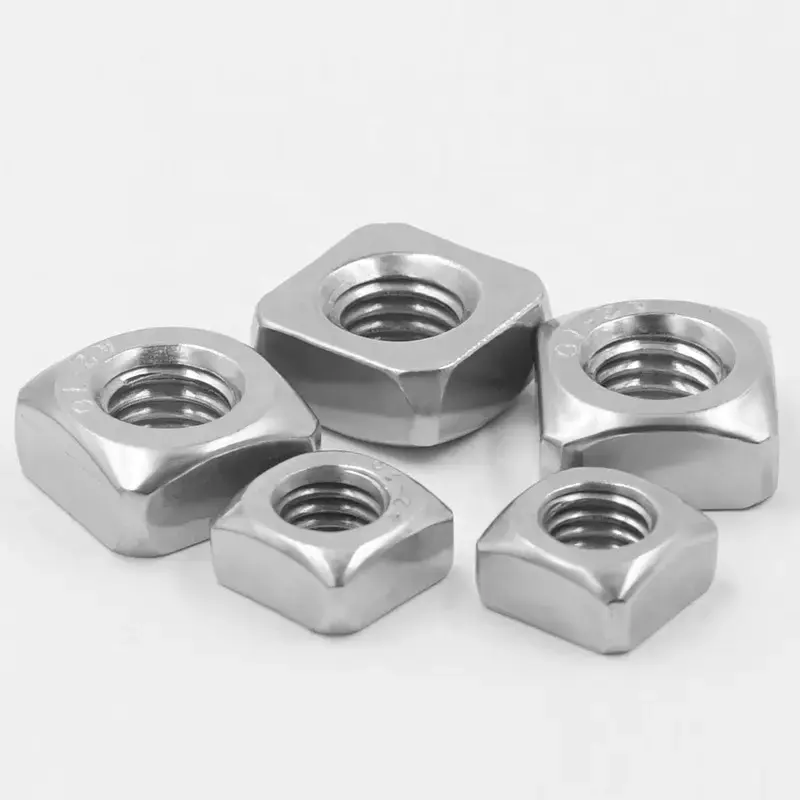

Differences Between Stud Bolts and Machine Bolts in Fastener Applications
Oct . 21, 2024 12:09 Back to list
Differences Between Stud Bolts and Machine Bolts in Fastener Applications
A Comparison Between Stud Bolts and Machine Bolts Understanding Fasteners
Fasteners are essential components in various engineering and construction applications, providing the necessary means to join materials securely. Among the most widely used fasteners are stud bolts and machine bolts. While both serve the purpose of connecting different elements, their design, uses, and installation methods differ significantly. This article delves into a comparison between stud bolts and machine bolts, highlighting their unique characteristics, advantages, and suitable applications.
Definition and Design
Stud Bolts are defined as long, threaded rods that typically have threads on both ends. They do not have heads like other fasteners; instead, they are installed through a component and held in place by nuts at both ends. This design allows for a more extensive engagement with the materials being joined, providing a stronger grip.
Machine Bolts, on the other hand, are shorter fasteners with a head on one end and threads on the other. They are usually installed by passing them through a hole in the materials to be connected and secured with a nut on the threaded end. The head of the machine bolt provides a larger surface area for applying torque during installation.
Strength and Load-Bearing Capacity
When it comes to strength, stud bolts typically exhibit superior load-bearing capabilities. Their design allows for a higher resistance to tensile stress because the entire length of the bolt can engage with the connected materials. This is particularly advantageous in high-stress applications such as industrial machinery and heavy construction, where the structural integrity of the connection is paramount.
Machine bolts, while strong, have limitations due to their shorter length. They are well-suited for lighter applications where less force is exerted on the connection. However, they require careful alignment during installation to ensure that the load is evenly distributed across the thread, which can sometimes be a challenge.
comparison between stud bolts and machine - a fastener

Installation and Maintenance
In terms of installation, stud bolts can be more complex. In many cases, the surfaces must be perfectly aligned, and the application of torque needs to be precise to avoid any misalignment. Stud bolts also require the use of two nuts, which can complicate the installation process.
Conversely, machine bolts are generally easier to install. With the head acting as a stop, they can be quickly inserted into pre-drilled holes and secured with a single nut. This simplicity can be a significant advantage in fast-paced environments where time efficiency is critical. Maintenance of machine bolts is also straightforward as they can be easily accessed for tightening or replacement.
Applications
The distinct characteristics of these two types of fasteners make them suitable for different applications. Stud bolts are widely used in industries such as petrochemical, water treatment, and power generation, where high-pressure environments and vibrations require robust fastening solutions. They are also prevalent in structural applications, such as bridges and heavy machinery, where maximum strength is necessary.
In contrast, machine bolts are commonly used in general construction, automotive assembly, and household applications. Their versatility and ease of use make them ideal for less critical applications where speed and efficiency are more important than the absolute strength of the connection.
Conclusion
In summary, both stud bolts and machine bolts have their unique advantages and applications in the world of fasteners. Stud bolts provide superior tensile strength and load-bearing capacity, making them ideal for critical applications, while machine bolts offer ease of installation and maintenance, suited for a wide range of general uses. Understanding the specific requirements of a project will help engineers and builders choose the appropriate fastener to ensure both safety and performance.
Latest news
-
Hot Dip Galvanized Bolts-About LongZe|High Strength, Corrosion Resistance
NewsJul.30,2025
-
High-Strength Hot Dip Galvanized Bolts - Hebei Longze | Corrosion Resistance, Customization
NewsJul.30,2025
-
Hot Dip Galvanized Bolts-Hebei Longze|Corrosion Resistance&High Strength
NewsJul.30,2025
-
High-Strength Hot-Dip Galvanized Bolts-Hebei Longze|Corrosion Resistance&High Strength
NewsJul.30,2025
-
Hot Dip Galvanized Bolts-Hebei Longze|Corrosion Resistance&High Strength
NewsJul.30,2025
-
Hot Dip Galvanized Bolts - Hebei Longze | Corrosion Resistance, High Strength
NewsJul.30,2025

